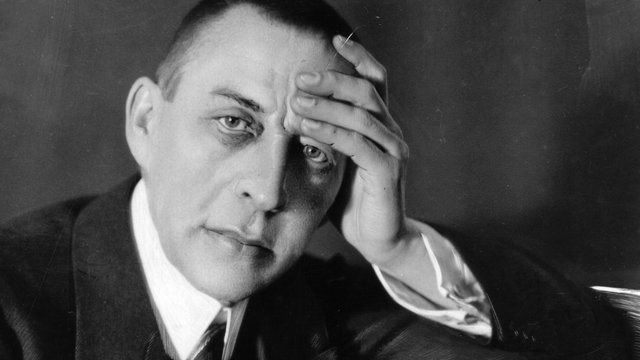
THIS WEEK IN PIANO HISTORY, we celebrate the birth of composer, pianist, and conductor Sergei Rachmaninoff, born on April 1, 1873. Despite his enduring fame as a composer, Rachmaninoff was largely known in his day as one of the greatest pianists of the twentieth century, touring around the world.
Rachmaninoff was most likely born in Oneg in the Novgorod region in the Russian Empire.1 He spent much of his childhood here, initially learning to play piano with his mother and then with pianist Anna Ornatskaya. A series of financial issues led the family to move to St. Petersburg, where he studied at the Conservatory with Vladimir Demyansky.2 Tragedy struck the Rachmaninoff family again when his sister died. A series of family problems related to the tragedy resulted in Rachmaninoff’s failure of his classes at the Conservatory.3 This led him to move to Moscow to study at the Moscow Conservatory where he studied with Nikolay Zverev. During this time, Rachmaninoff was able to intensely practice and study. As a result, he received the Gold Medal from the Moscow Conservatory in recognition of his outstanding works as a student.
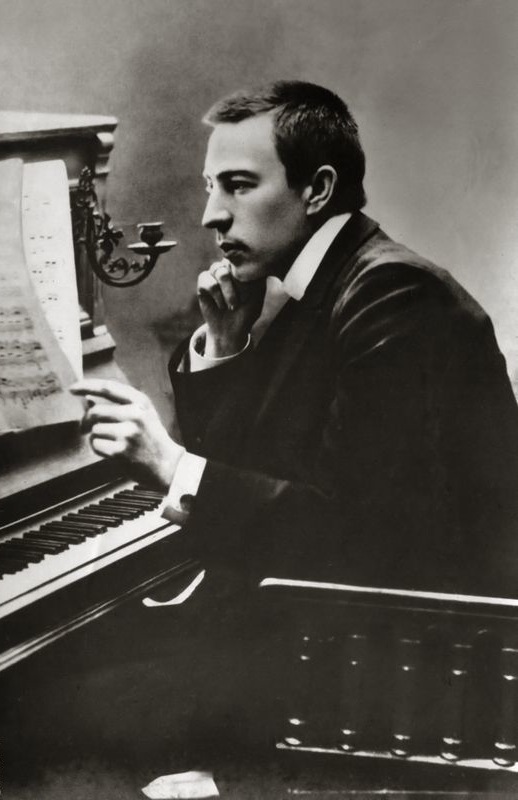
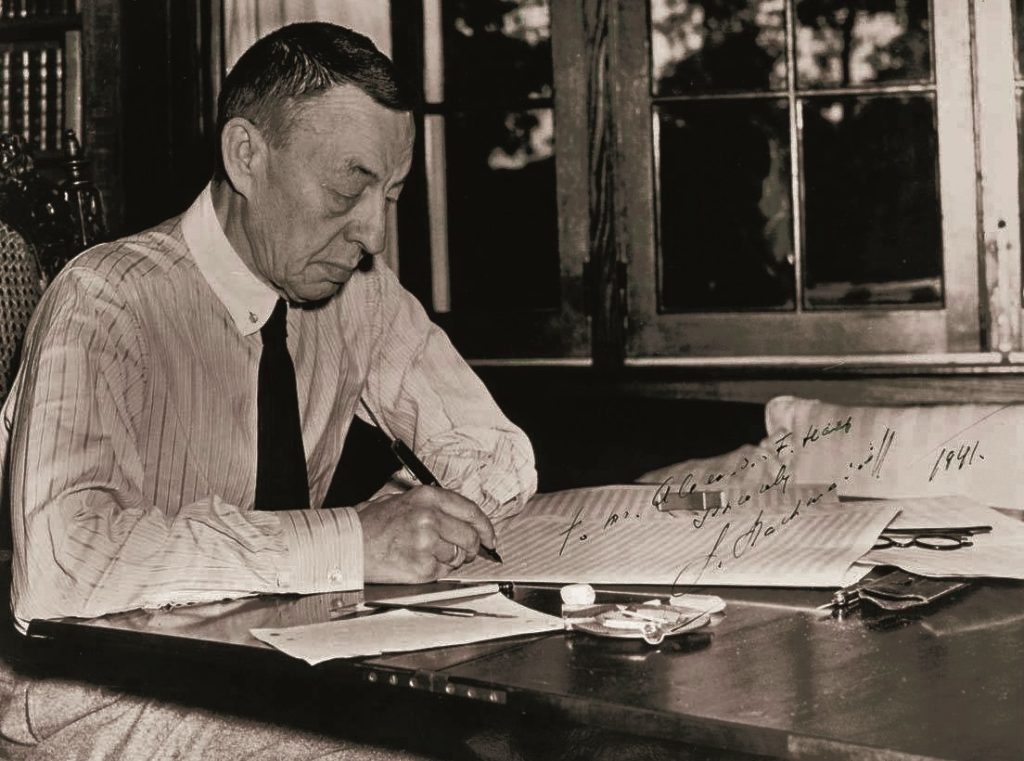
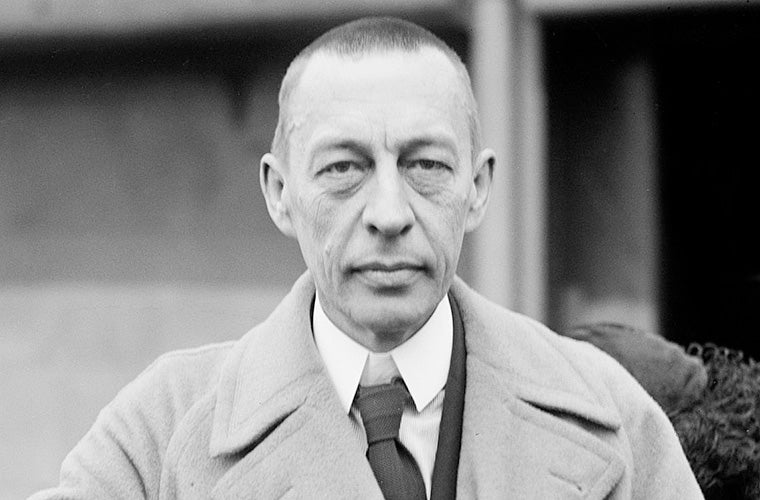
In January 1895, Rachmaninoff began work on his first symphony, which was conducted by Glazunov in a concert in late 1896. The premiere performance did not go well, sending Rachmaninoff into a three-year period of inability to write any major compositions.4 During this time, Rachmaninoff pursued a new career as a conductor. He began conducting in 1897 at the Moscow Private Russian Opera, leading numerous performances of a varied assortment of Western operas.5 With time and the help of Dr. Nikolay Dahl, a specialist in hypnosis at the time, Rachmaninoff again turned to composition, composing his Piano Concerto No. 2 in C Minor between 1900 and 1901.6 The success of this performance helped Rachmaninoff regain his footing as a composer.
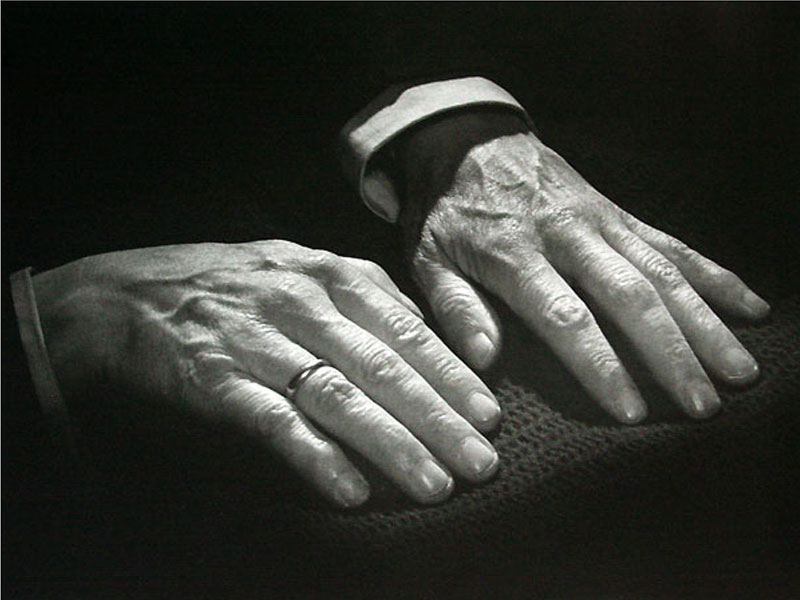
In 1917, Rachmaninoff and his family said goodbye to Russia for good, fleeing the country after its gradual descent into turmoil following World War I.7 Rachmaninoff initially settled in Stockholm and Copenhagen briefly, before moving to the United States in 1918. From then on Rachmaninoff spent time in New York, Los Angeles, and in an estate on Lake Lucerne which he named Senar.8 Throughout this time, Rachmaninoff revised a number of his works including the Sonata No. 2 in B-flat Major. In 1943, his health began to rapidly deteriorate and he was diagnosed with cancer, dying on March 28,1943 in Los Angeles, just days before his sixtieth birthday.
Rachmaninoff’s works for the piano have built him enduring fame both in Russia and around the world. One of Rachmaninoff’s most popular works for early-advanced pianists is his Prelude in C-sharp Minor, Op. 3, No. 2, written very early in his life. This work became an annoyance to Rachmaninoff who struggled to understand the undying popularity of this work when compared to some of his other more mature compositions. Perhaps his most well-known work of all is his Piano Concerto No. 3 in D Minor, which was composed in 1908 for extensive tours in the United States the following year. The work established Rachmaninoff as a master of lyrical writing, motivic unity, as well as piano pyrotechnics.9
Interested in learning more about Rachmaninoff? Read this article by Laura Janota about Wael Farouk and the Rachmaninoff piano oeuvre.

OTHER RESOURCES YOU MIGHT ENJOY:
- MAGAZINE ARTICLE: What is the role of “etudes” in a pianist’s development? Which ones do you use and when? By Nancy Bachus
- MAGAZINE ARTICLE: What is our role in teaching music as culture? By Helen Smith Tarchalski
- MAGAZINE ARTICLE: You consistently have high school students that play extremely difficult repertoire such as Chopin Ballades. How do you prepare them to play this difficult repertoire at such a young age? By Nancy Bachus
- REPERTOIRE VIDEO SERIES: Kabalevsky: Variations on a Russian Folksong, Op. 51 by Qiwen Wan
- DISCOVERY POST: This Week in Piano History: Premiere of Gershwin’s Piano Concerto in F by Curtis Pavey
- Use our search feature to discover more!
Sources
- Geoffrey Norris, “Rachmaninoff [Rakhmaninov, Rachmaninov], Serge,” Grove Music Online, 2001, Accessed 20 Mar. 2023, oxfordmusiconline-com.uc.idm.oclc.org/grovemusic/view/10.1093/gmo/9781561592630.001.0001/omo-9781561592630-e-0000050146.
- Ibid.
- Ibid.
- Ibid.
- Ibid.
- Ibid.
- Ibid.
- Ibid.
- Ibid.
Norris, Geoffrey. “Rachmaninoff [Rakhmaninov, Rachmaninov], Serge.” Grove Music Online. 2001; Accessed 20 Mar. 2023. oxfordmusiconline-com.uc.idm.oclc.org/grovemusic/view/10.1093/gmo/9781561592630.001.0001/omo-9781561592630-e-0000050146.